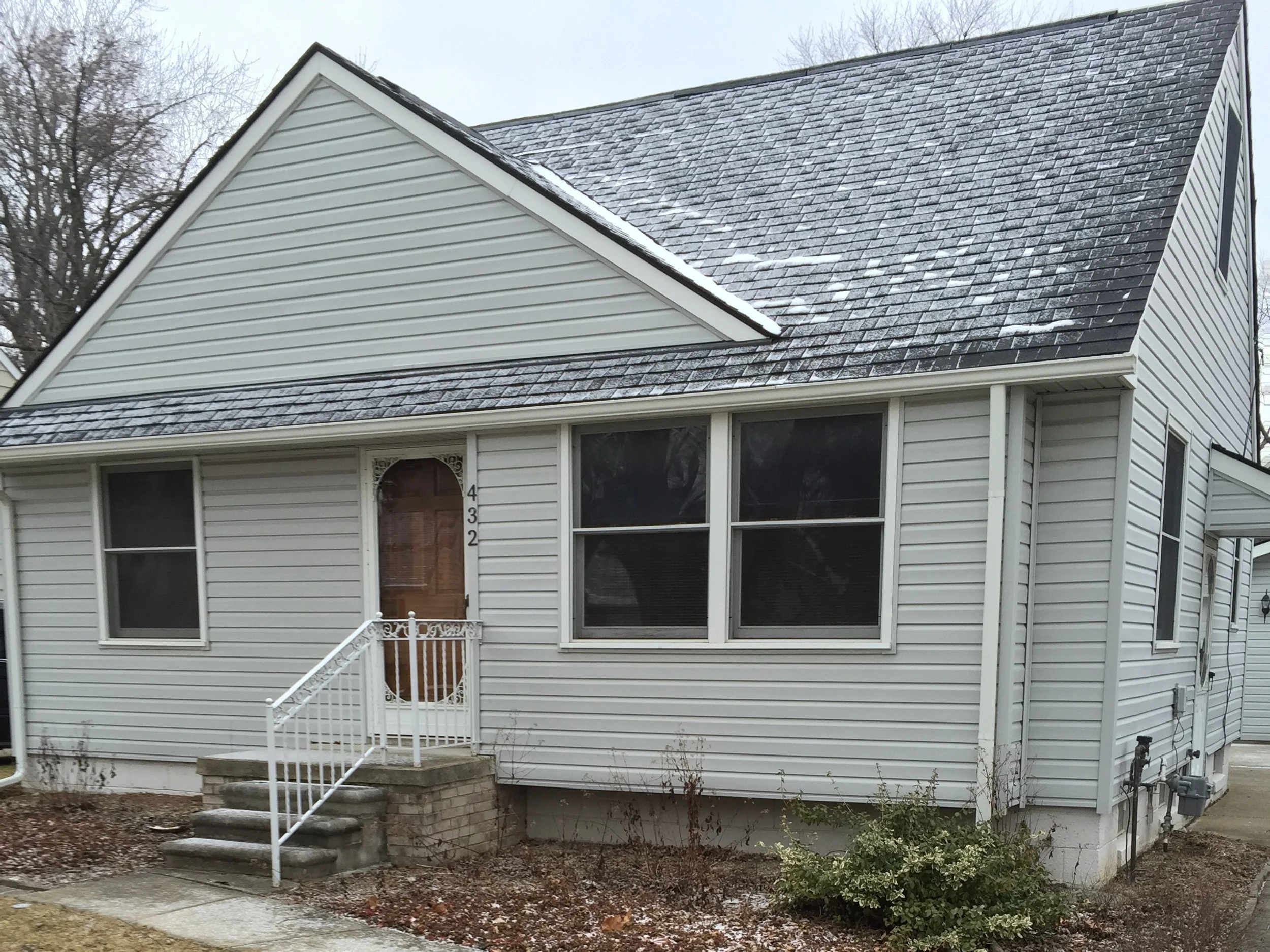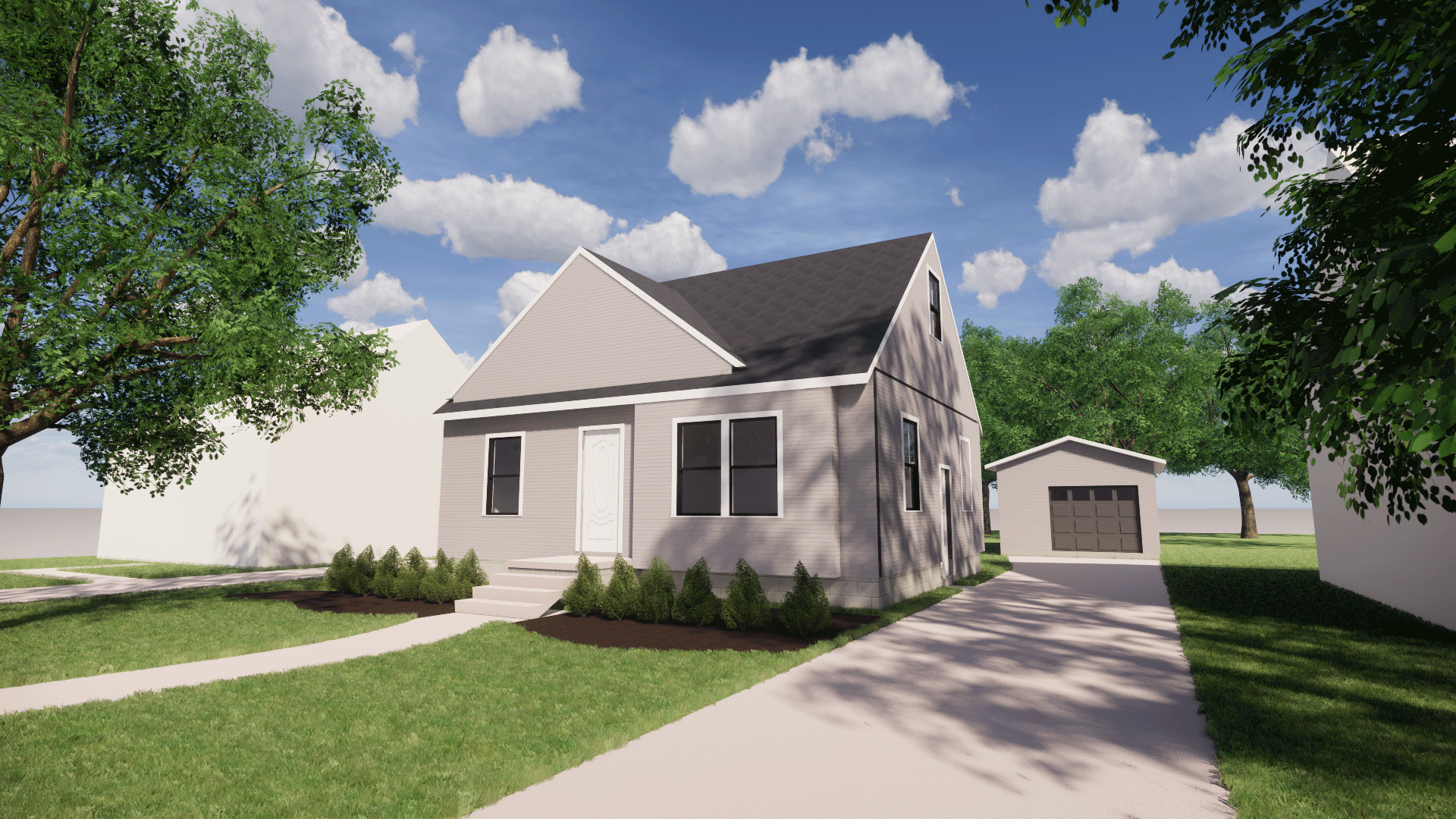You Love Your Home - But Don’t Know Where to Begin
Maybe it’s the original brick, the narrow clapboard siding, or those charming dormers that drew you in.
But years later, your to-do list reads like a scroll: drafty windows, dated kitchen, tired porch, bad lighting, questionable roofline.
You’re ready to renovate.
You just don’t know where to start.
Most homeowners dive straight into contractor quotes or Pinterest boards.
But the smartest renovators start with something else entirely—a plan.
Step 1: Visualize Your End Goal (Before Spending a Dollar)
Before you call anyone, picture what “finished” means.
Ask yourself:
Do I want better flow, or just fresh finishes?
Am I staying here 5 years or 25?
Which parts of the house already feel right—and why?
This isn’t about picking materials yet. It’s about defining your why.
Once that’s clear, every later decision—layout, trim, colors, even window spacing—has a framework.
💡 Pro Tip: Collect 3–5 inspiration images that share your home’s era and scale—not random dream homes twice its size. The goal is relatable inspiration, not fantasy.
Step 2: Baseline Audit — Structure, Systems, Envelope
Charm won’t matter if the bones fail.
A quick health check of these areas can save you five-figure surprises later:
Foundation & Drainage: cracks, settlement, water paths
Roofing & Flashing: end-of-life materials cause interior rot
Plumbing & Electrical: galvanized pipes and old 60-amp panels limit upgrades
Insulation & Windows: comfort + efficiency baseline
If you can’t answer whether your wiring or roof is original, that’s your first research assignment.
Step 3: Budget the Big Picture, Not the Wish List
Homeowners often gather line-item quotes without knowing the true scope.
Instead, sketch your remodel in phases:
Project TypeTypical RangeNotesCurb-appeal update$25k – $60ksiding, porch, windowsKitchen overhaul$45k – $90klayout & mechanicalWhole-house plan-led renovation$120k – $250k +multiple systems
Add a 15–20% contingency for unseen issues common in mid-century structures.
💬 “Budgeting early isn’t about limiting your dream—it’s how you make it real.”
Step 4: Avoid the Costliest Mistake — Hiring Too Soon
It’s tempting to get “someone started.”
But contractors need a clear scope to price accurately.
When homeowners rush, they end up paying for redesigns, change orders, and compromises that ruin proportion or charm.
That’s why design always comes before construction.
Even small decisions—column spacing, roof pitch, window alignment—affect resale and curb appeal.
Step 5: Build a Roadmap, Not Just a Mood Board
A Home Revival Masterplan turns scattered ideas into a single, visual strategy:
Evaluates existing conditions
Identifies period-correct design options
Prioritizes ROI-based improvements
Defines realistic phasing & cost ranges
It’s your guide before a single nail is pulled.
Without it, homeowners risk what we call Remuddle Regret™—spending thousands to “update” only to realize they erased the very character that made the home special.
Example: The Oakridge Cape Cod
Before: asymmetrical dormer, mixed siding, vinyl windows from three decades.
After: balanced façade, authentic proportions, classical trim—and a $70k equity lift.
What changed?
They started with a plan, not a purchase order.
Step 6: Your Next Move
Renovating a mid-century home doesn’t begin with demolition—it begins with understanding.
If you:
Feel stuck choosing where to start
Worry about “ruining the charm”
Want confidence before calling a contractor
then the next step is simple.
➡️ Take Control of Your Remodel
Book your Home Revival Masterplan
Get a custom-tailored roadmap that protects your home’s proportions, clarifies priorities, and helps you make timeless—not trendy—decisions.
You’ll walk away with:
A visual design direction rooted in your home’s era
A phased renovation roadmap and estimated cost tiers
The clarity to hire contractors the right way
Because your home’s story deserves better than a generic remodel.
Check out more about the Start Right Strategy




